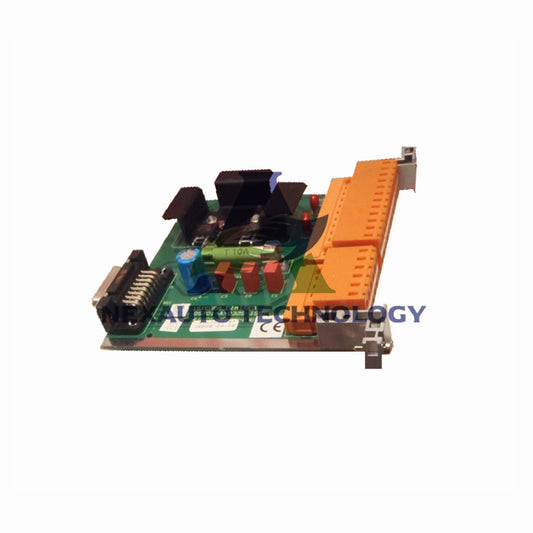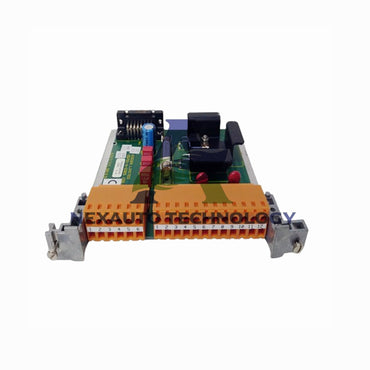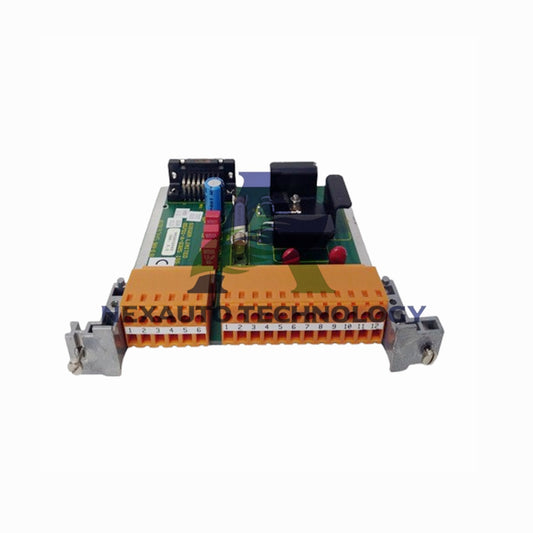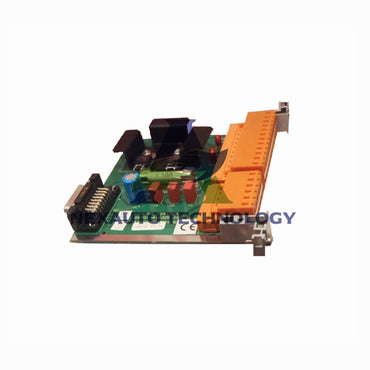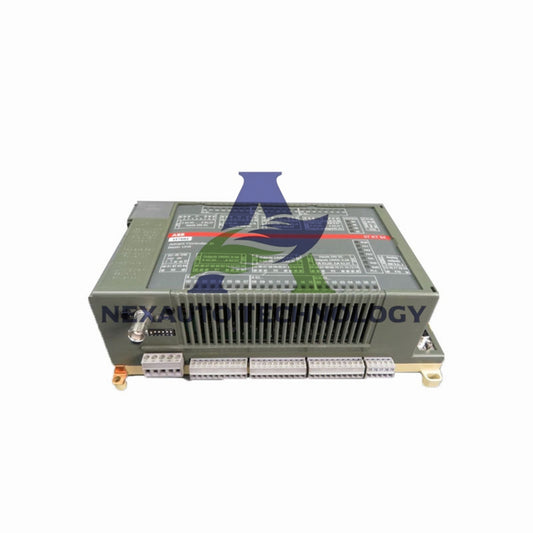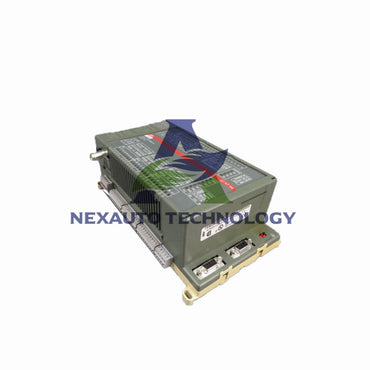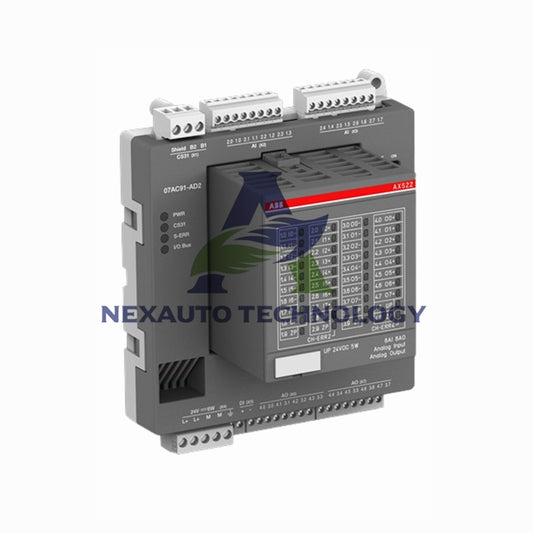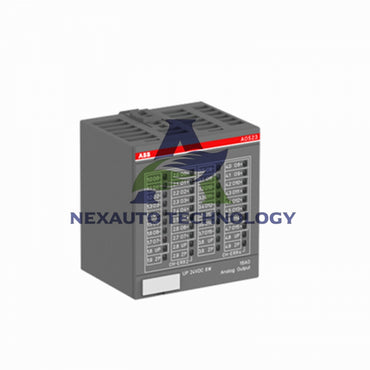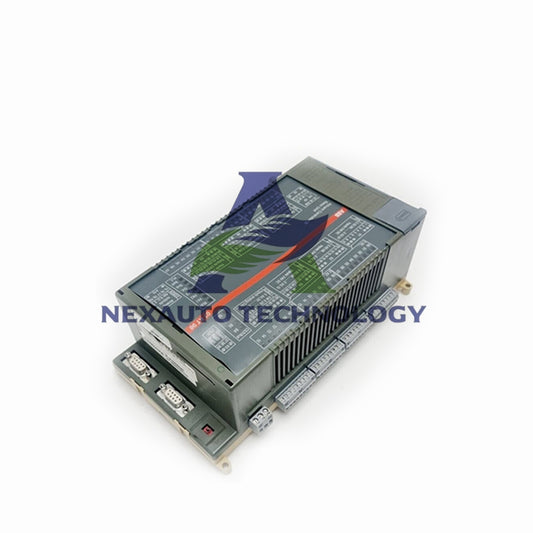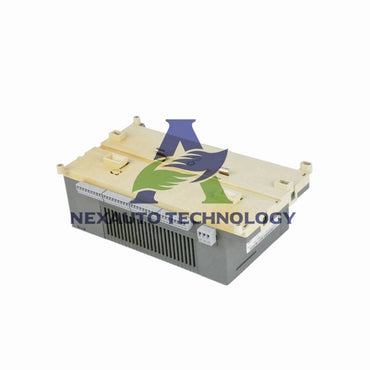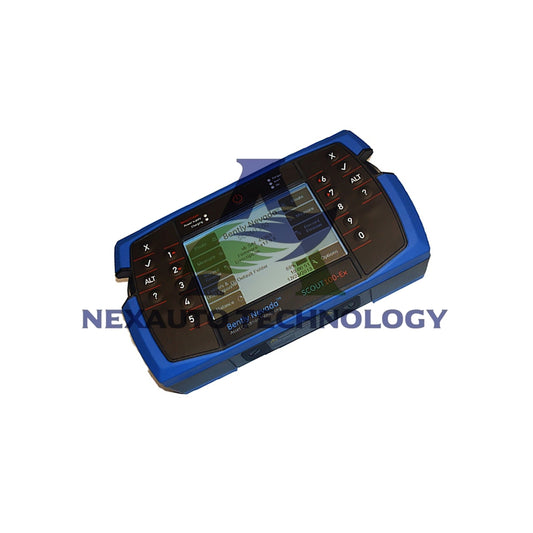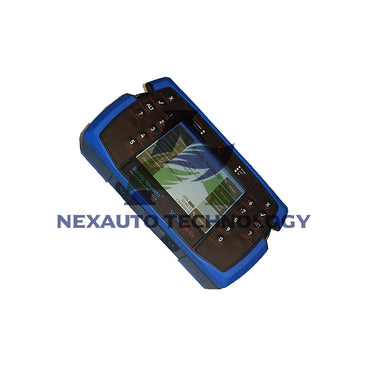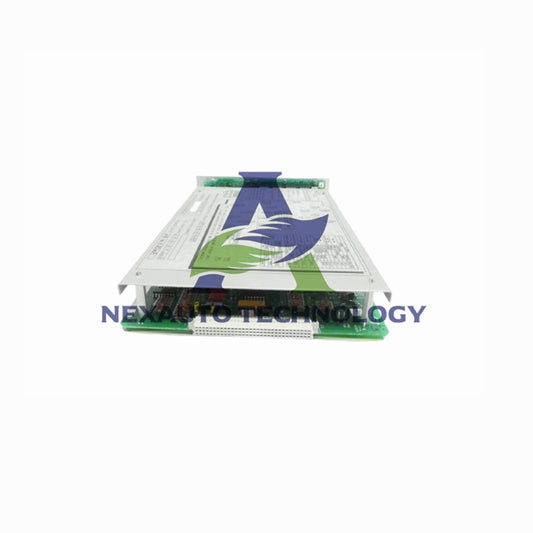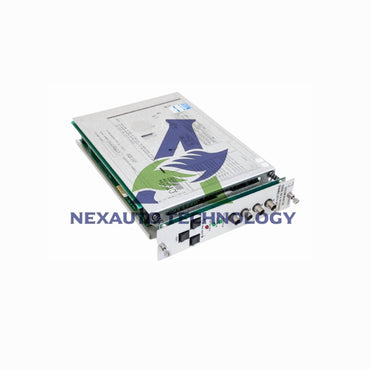Co zrobić, gdy Twój czujnik Bently Nevada przestaje wysyłać dane
Szybkie dane techniczne
| Moc: | +12 do +24 VDC |
| Opór kabla: | > 1 MΩ |
| Typowa prędkość transmisji: | 9600 lub 115200 bps |
Co sprawdzić najpierw
Najpierw sprawdź złącza i kable. Ponad 60% usterek wynika z luźnych połączeń. Następnie zbadaj sondę pod kątem widocznych uszkodzeń. Pęknięcia mogą obniżyć sygnał nawet o 40%. Na koniec upewnij się, że czujnik ma odpowiednie zasilanie. Brak napięcia oznacza brak danych.
Jak testować czujnik i kable
Użyj multimetru lub kalibratora TK-3, aby zweryfikować ciągłość i izolację. Oczekuj oporu > 1 MΩ. Następnie wprowadź sygnał testowy. Jeśli test przejdzie, problem leży dalej w obwodzie.

Sprawdź moduły monitorujące
Potwierdź, że moduł 3500/42M jest prawidłowo osadzony. Diody LED błędów pojawiają się w 15% przypadków luźnych modułów. Przejrzyj logi System 1 pod kątem błędów rozłączenia lub przekroczenia progów.
Zweryfikuj komunikację PLC/DCS
Sprawdź ustawienia Modbus lub Profibus. Dokładnie dopasuj adresy i porty. Przejrzyj logi sieciowe do 20% utrata pakietów podczas EMI.
Kiedy eskalować
Jeśli problemy będą się utrzymywać, skontaktuj się z pomocą techniczną Bently Nevada. Ekspercka pomoc może skrócić czas przestoju o 40%. Wymieniaj tylko oryginalne części, aby uniknąć 60% wzrost wskaźnika awaryjności.

Sprawdź poniżej popularne produkty, aby uzyskać więcej informacji w Nex-Auto Technology.

